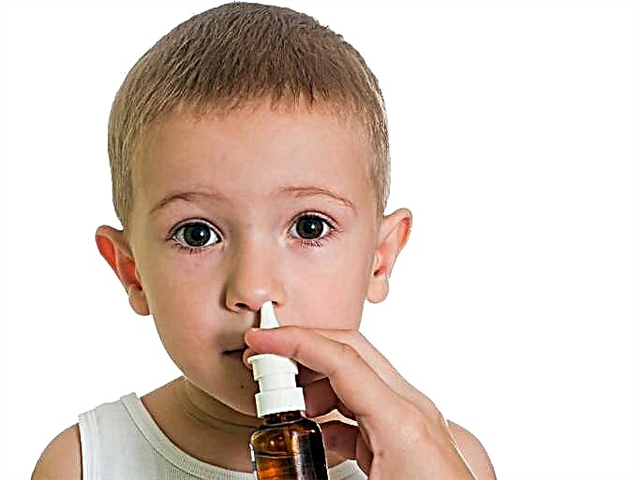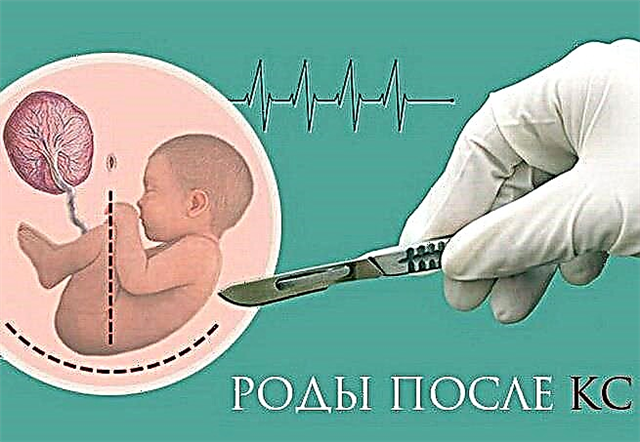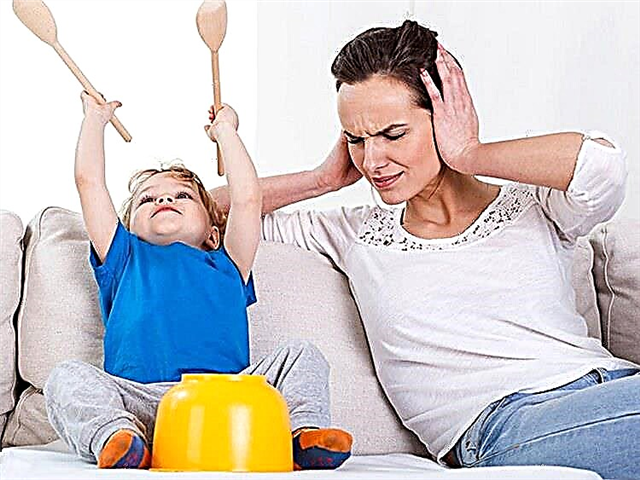Every mother is faced with such a problem as nasal congestion and obstruction of the nasal passages in a child. This issue is especially acute during the season of respiratory infections. In this article, we will look at how to help a child, improve the quality of treatment and the patient's well-being without medication. Let's consider in more detail how to get rid of a cold. In particular, we will discuss in more detail the treatment of infants and young children. We are talking about such a medical product as a nasal aspirator for newborns.
Anatomical and physiological features of the upper respiratory tract in children
The nasal passages in children are narrow and short in comparison with adults. Conchas are practically undeveloped. Therefore, when a small child suffers from a runny nose, an almost complete blockage of the nasal passages occurs. Often, parents normally note the "grunting" of babies.
Due to the abundant vascularization (a large number of blood vessels), edema of the delicate mucous membrane of the nasal cavity and the likelihood of blood streaks occur. An aspirator for newborns can help reduce mucus and improve airway patency.
What is an aspirator and "what is it used for?"
A nasal aspirator is a device for cleansing the nasal cavity of mucus and other pathological contents. This device is especially convenient to use for children who cannot blow their nose themselves, that is, for children from 0 to 2-3 years old.
Types of nasal aspirators
The following types of this device are distinguished: rubber, mechanical, electronic and vacuum.
Rubber aspirator
The simplest of the proposed options. It is the smallest size (# 1) pear with a soft tip. Also, such aspirators are part of the "first aid kit for newborns". To suck out mucus, you must first press the pear, releasing air from it, then carefully insert the tip into the child's nostril and release the fingers so that the contents of the nasal cavity along with the air are in the pear.
Such an aspirator for newborns is less convenient to use than other types of aspirator. This is due to the fact that with a pear, the parent is not able to control the inhalation and exhalation of the required force. A common problem parents face is blowing mucus back into the nasal passages. This is mainly due to the pear itself, or rather because of its opaque walls. And this, in turn, leads to complications such as sinusitis, otitis media. There is no such disadvantage in the mechanical type of aspirators.
Nasal aspirator
Mechanical aspirators for children

Today they occupy one of the leading positions. This is due to the huge choice, availability in almost every pharmacy and, importantly, affordability.
In specialized stores and pharmacies, you can find a wide variety of types of mechanical aspirators. These are Otrivin Baby, Dolphin, Nosafride, Marimer, Canpol baby and others. The cost of such aspirators is within 500 rubles.
The rules for using such a device are very simple: attach the tip to the cylinder (with an air filter inside), and attach the latter to a rubber tube, the free end of which is taken into the parent's oral cavity. Next, the parent pushes the tip into the child's nostril, and puts the free end of the tube into his oral cavity, then pulling actions need to be done.
Ease of use lies in the fact that through the strong and transparent walls of all components of the apparatus, the effect of the procedure is visible, that is, we see the mucus released from the child's nose. Thanks to the air filter, backflow of the contents into the baby's nasal passages does not occur. Also, if the procedure is performed with a high retraction force, we will see streaks of blood in the cylinder. In this case, it is necessary to stop the cleaning of the nasal cavity. This is due to the abundant nasal blood supply.
After each use, both mechanical and rubber aspirators must be thoroughly rinsed and dried. One of the main storage conditions is to keep the devices in a place protected from light and water. Air filters are disposable and cannot be reused, since each time the sponge (which is actually an air filter) is washed, it breaks and begins to pass through itself all the stretched contents back into the child's nasal passages.
Mechanical aspirator Nosefrida in a plastic container
Electronic aspirators
The next type is an electronic aspirator for newborns. The cost of such devices is different: from 1000 to 2-3000 rubles. Today, such brands as cs medica, Canpol baby, chicco baby and others are known. This type of aspirator ranks first among the rest.
Due to the fully automatic execution of the procedure for cleansing the nasal cavity, this type of device is very much loved by many parents. The process of pulling out the mucus itself takes only a couple of seconds (on average, only 1 second). If necessary, you can play music on the device in order to distract the child.
B.Well WC-150 electronic aspirator
Vacuum aspirators
There are also vacuum aspirators that work like a vacuum cleaner. The most famous brand is babyvac. Due to the high degree of noise, this type of home appliance is practically not used.
Pigeon vacuum aspirator with discharge tube
Rules for using nasal aspirators
Above, it has already been partially noted how to use one or another type of aspirator. Let us dwell on the "pre-procedural" stage, namely, how to start the process of cleansing the nozzles from snot.
- First, it is necessary to irrigate the nasal cavity with an isotonic solution (0.74%), if there is no spray, you can do with nasal drops. The bottom line is to wash off the pathogenic material and pathogens of the disease itself from the mucous membrane, as well as moisturize the nasal mucosa.
- Next, we carry out cleansing measures (suction of mucus with an aspirator or blowing your nose). You can also use ready-made solutions of sea water (Aqua Maris, Aqualor, Merimer) or ordinary saline solution. So we also prepare the nasal mucosa for taking the medicine.
- And only 15-20 minutes after washing the nasal mucosa with an isotonic solution, you can take medications. Basically, for the patency of the nasal passages, reducing edema in the nasal passages, alpha-adrenomimetics are prescribed, such as Nazivin, Vibrocil, etc.
Contraindications
It would seem that there may be contraindications, because when a child's nose breathes, adults feel only one relief. But contraindications still have a place to be.
First of all, this is that the process of pulling out snot from the noses of children using aspirators should be carried out no more than three times a day. Frequent procedures injure the delicate and thin nasal mucosa of children, especially newborns. This in turn leads to bleeding. The latter in themselves are also a contraindication for the use of an aspirator.
If there is a violation of the integrity of the mucous membrane, aspirators should not be used. Also a contraindication is the presence of polyps.
What can replace the aspirator?
Aspirators take up relatively little space, which allows parents to take this device with them when walking around guests, and it is also a good travel assistant. But what to do if you have forgotten it or did not have to use it before and it is simply not in your personal first aid kit? Don't panic.
The parent himself will help the baby with difficulty in nasal breathing due to the abundant contents. In such force majeure situations, it is necessary to attach the child's nose to his own mouth and try to suck the mucus from the child's nasal cavity by ourselves. But again, let us recall the regulation of the pulling force to avoid complications.
Conclusion
In conclusion, I would like to note that the use of aspirators eases the course of a cold in a child. Its use is relevant mainly for a child under three years old, and especially for newborns. Ease of use, huge selection, price and positive effect of treatment please every parent.
Article rating:



